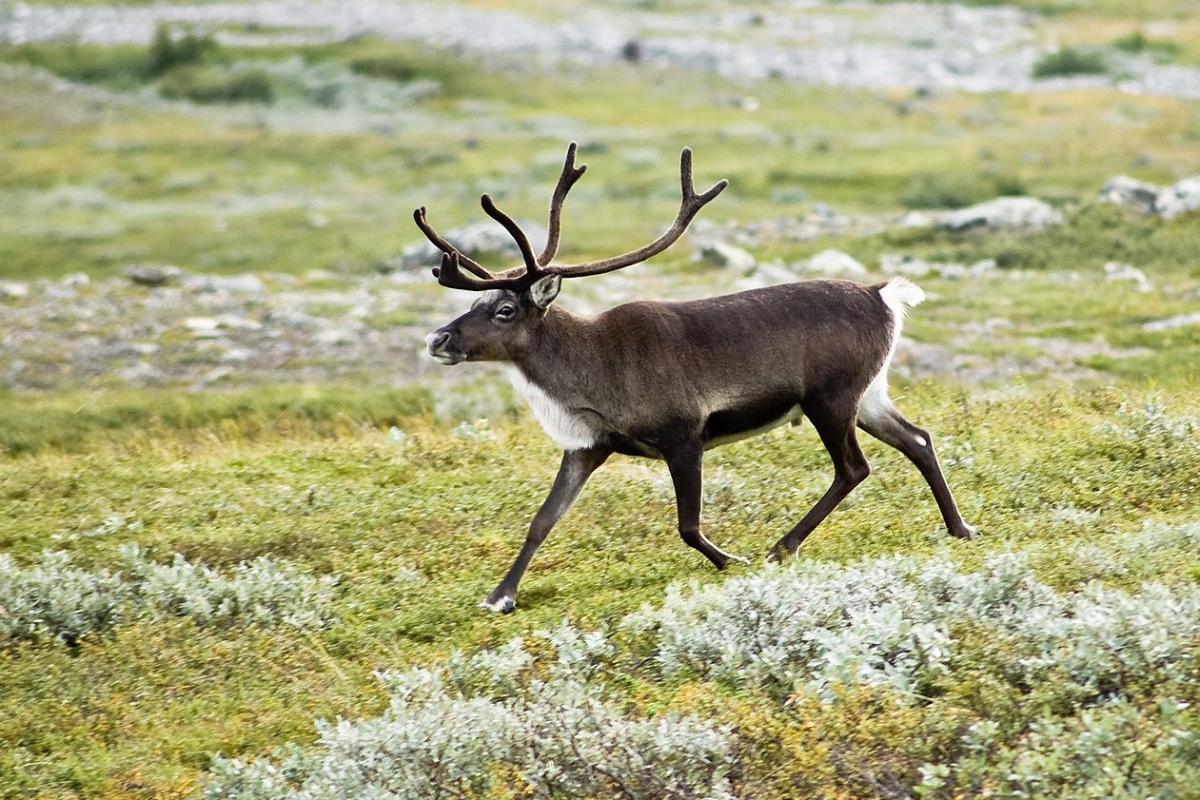Y: So what are we doing watching a reindeer herd stand around in the snow, Don?
D: They’re not standing around.
Y: Okay, walking around. They’re not exactly doing much, you’ve got to admit.
D: It may not look like it, but this reindeer herd actually might be helping reduce the amount of greenhouse gases released into the air. Since we’re in the Arctic, the ground they’re walking on is permafrost, which is, unfortunately, slowly thawing. Thawing permafrost can release greenhouse gases stored in it, which speeds up climate change. Scientists think that herds of animals like horses, bison, and reindeer can play a role in preventing that. The idea came from Russia, where scientists resettled herds of bison, wisents, reindeer, and horses in a nature reserve. The area gets a lot of snowfall in the winter, which—strange as it sounds—insulates the permafrost from the really cold winter temperatures that promote the soil freezing. When the resettled herds walked all over the snow, however, scientists noticed that they stomped it down and significantly reduced its insulating effect. Recently, another group of scientists used a climate model to simulate herds being resettled on all Arctic permafrost soils. If emissions continue to rise as they are, permafrost temperatures should rise 3.8 degrees Celsius. However, with the use of animal herds, the temperature would only rise 2.1 degrees, so 44% less. That’s enough to preserve 80% of permafrost soils. Of course, we probably won’t resettle herds on all Arctic permafrost, but even using fewer animals would produce a cooling effect.
Y: Wow, if I could make a difference like that by walking around on snow, I’d take more walks.









